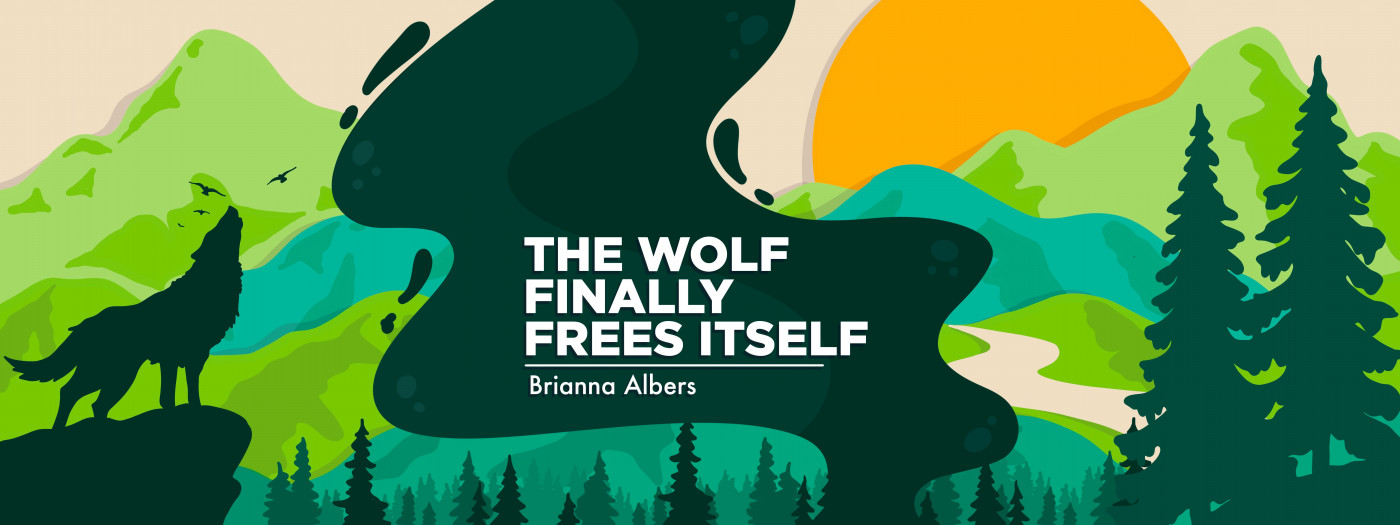When Disaster Strikes, We Must Change Our Trajectories

I could tell you about Old Santa Fe, New Mexico. Cobblestone streets, framed by blooms of green. The town jail turned bookstore — a refuge from the heat, and a haven for my mom and me. St. Francis’ cathedral, with winding, tranquil gardens.
I could tell you about the Painted Desert. Miles of badlands, with trees that, over thousands of years, have petrified to crystal. The wind gusts that had me petrified — ha-ha — of hurtling over the edge and falling to my death.
I could tell you about this year’s Cure SMA conference. And I will! But for now, I’m going to tell you how a tiny collision changed the entire trajectory of our road trip.
It was 104 degrees F in Phoenix. This is an important detail; otherwise you won’t understand just how miserable my parents and I were. We’d spent Monday night in Sedona after an exhausting day in the Petrified Forest National Park. It was supposed to be an easy day of driving — the last leg of travel before arriving in Anaheim, California.
The worst part is we were being responsible. After nearly running out of gas in the middle of nowhere, we decided to fill up before hitting the desert.
Then my dad jumped a curb.
If we were any other family, it wouldn’t have been a big deal. But our wheelchair-accessible van is low to the ground. We didn’t just jump the curb — we mutilated the metal track under the van. Of course, we didn’t know that at the time. Assuming all was well, we went on with our day, grabbing a quick bite to eat before jumping back on the interstate.
Then we realized the passenger-side door wouldn’t close.
Thankfully, the automatic ramp was still functional. But we were still stuck in Phoenix, as we couldn’t drive with a half-open door. My dad spent at least an hour in the 104-degree heat, trying to come up with a solution, but to no avail.
Eventually, we took the van to a body shop, only to watch in dismay as the vehicle started smoking. Our air conditioning pump was shot as well, and had to be repaired before addressing the door. From there, we went to a Honda dealer, who told us in no uncertain terms they couldn’t fit us in till Thursday.
At this point, I was starting to panic. The conference started Thursday! Not to mention the various Genentech activities scheduled for Wednesday. We still had a five-hour drive ahead of us — and that was assuming we had a vehicle to begin with.
In the end, we were lucky. My mom found a wheelchair-accessible van available to rent. Our van would stay in Phoenix, in the hopes that the dealer would be able to repair it. It was going to be a long night — a five-hour drive through the desert with no time to stop for dinner — but it was doable.
By the time we reached Disneyland, it was 1 a.m. I need a minimum of eight hours of sleep to function well, so you can imagine my stress level. I didn’t just have to make it through the day. I had to perform. I had to network and socialize and, at the very least, not burst into tears at any given moment.
But I survived. Somehow, miraculously, on five hours of sleep. I did what I needed to do, trying not to think about the fact that we were stuck halfway across the country with no way home. What if our van was totaled? What if the repairs took longer than expected?
The term “blessing” is often weaponized in our community, with well-meaning, nondisabled folks referring to our conditions as “blessings.” I avoid the term for that very reason. But in this instance I’m willing to make an exception.
My family is well and truly blessed.
We’re physically safe. We’re financially capable of covering the repairs. We were able to find a rental service with vehicles available — wheelchair-accessible vans, no less — on short notice. We’re able to work remotely from a hotel room in Phoenix.
Disaster struck, but we survived. Our trip didn’t go as planned, but we’re in one piece. That’s all that matters.
Thanks for reading! You can follow me on Twitter and Instagram, subscribe to my newsletter, or support me on Ko-fi.
Note: SMA News Today is strictly a news and information website about the disease. It does not provide medical advice, diagnosis, or treatment. This content is not intended to be a substitute for professional medical advice, diagnosis, or treatment. Always seek the advice of your physician or other qualified health provider with any questions you may have regarding a medical condition. Never disregard professional medical advice or delay in seeking it because of something you have read on this website. The opinions expressed in this column are not those of SMA News Today, or its parent company, Bionews, and are intended to spark discussion about issues pertaining to spinal muscular atrophy.









Leave a comment
Fill in the required fields to post. Your email address will not be published.